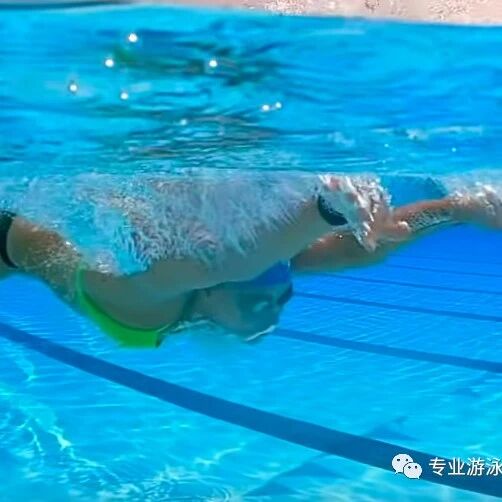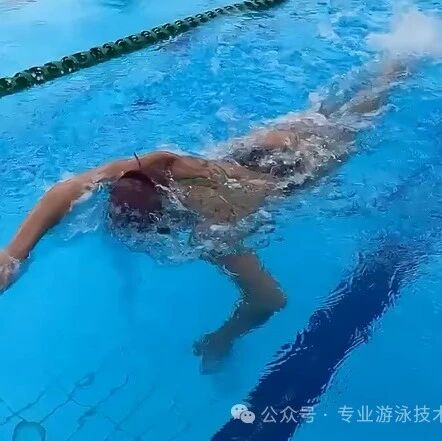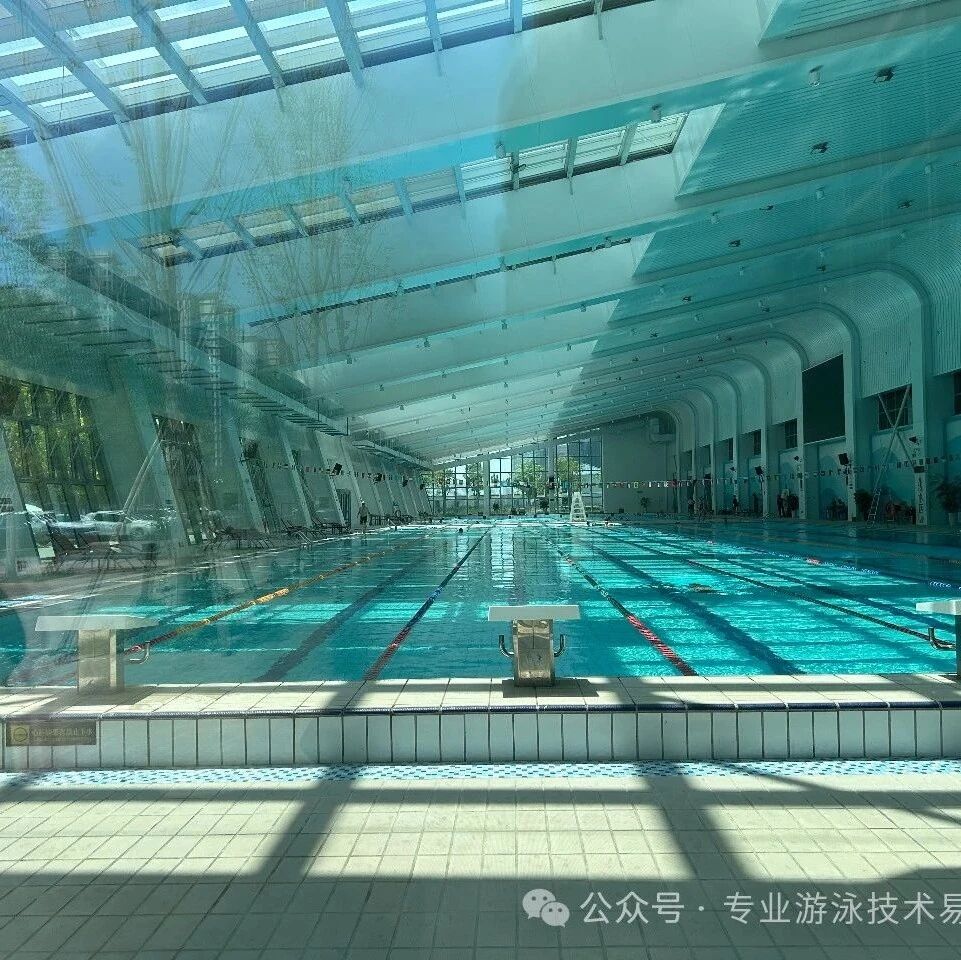Master freestyle in three easy steps—once you can walk, you can do the double-leg kick!
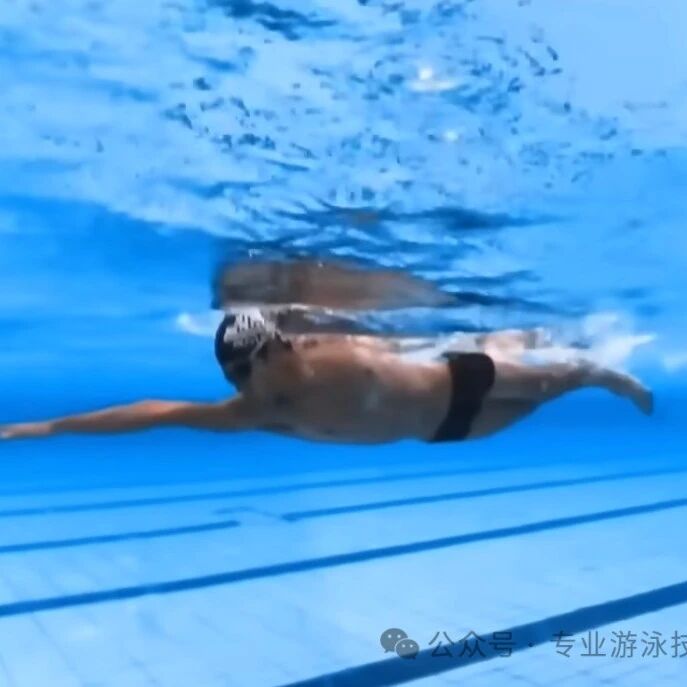
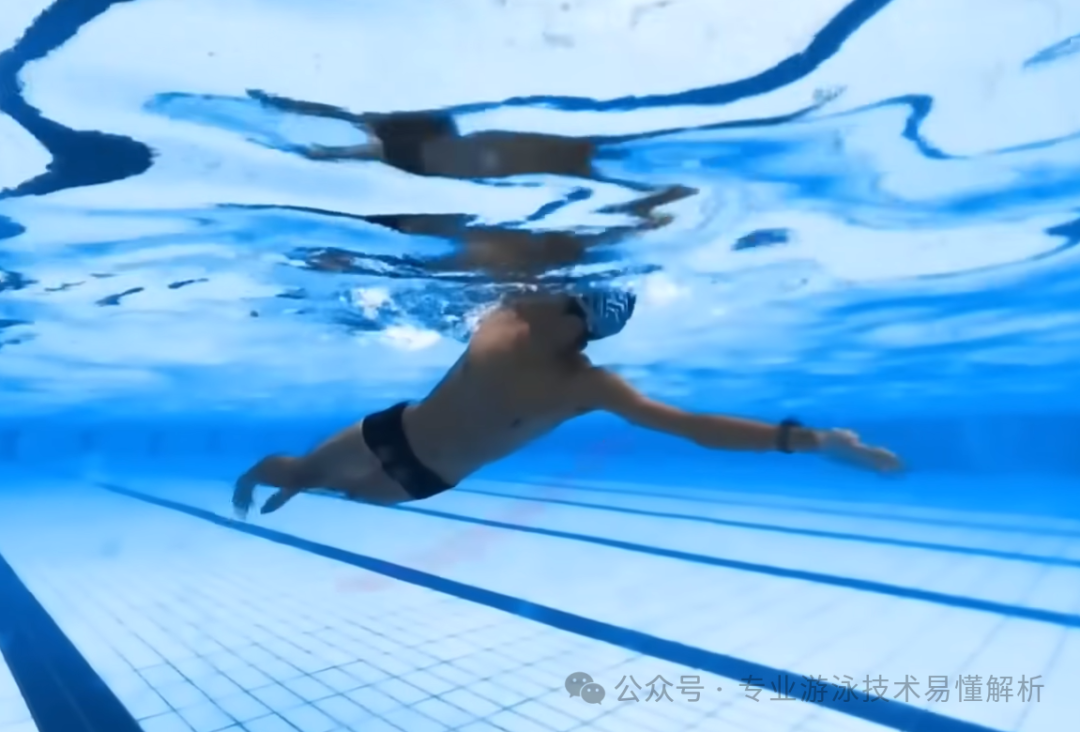
The fundamentals of swimming are divided into three steps: standing, floating, and treading water. Freestyle actually refers to the front crawl—everyone progresses from crawling to walking, then to running. The front crawl aligns more naturally with the body’s movement patterns. Once you’ve mastered these basic swimming skills, freestyle becomes simpler and easier to learn than breaststroke. With consistent practice and by following the exercises and steps shared in this article, anyone can independently master freestyle, performing it with proper form while enjoying a smooth, efficient, and effortless swim through the water.
The two major challenges in freestyle swimming are: first, turning your head to breathe; and second, performing the whip kick. Fortunately, there are effective exercises for both of these challenges. As long as you avoid rushing and practice patiently in the water, you’ll eventually master these tricky techniques.
Reasons why freestyle is easier to learn than breaststroke: The complex "outside-to-inside" arm movements in breaststroke are particularly challenging for beginners, and mastering the flip of the feet followed by the powerful kick-and-paddle motion takes even more practice to execute properly. Additionally, the coordinated timing required in breaststroke—where arms move while legs remain still, or vice versa—demands focused effort to get right.
In contrast, freestyle can be mastered in just three simple steps: First, learn how to float face-down on the water with your gaze fixed on the pool bottom; next, practice rolling your body onto your side while simultaneously turning your head to breathe; and finally, master the smooth, rhythmic motion of arm strokes combined with a quick, efficient flutter kick using your feet.
By focusing first on getting comfortable moving through the water and gradually refining your technique, freestyle strokes naturally improve over time—allowing you to refine your form effortlessly as you gain confidence and experience.
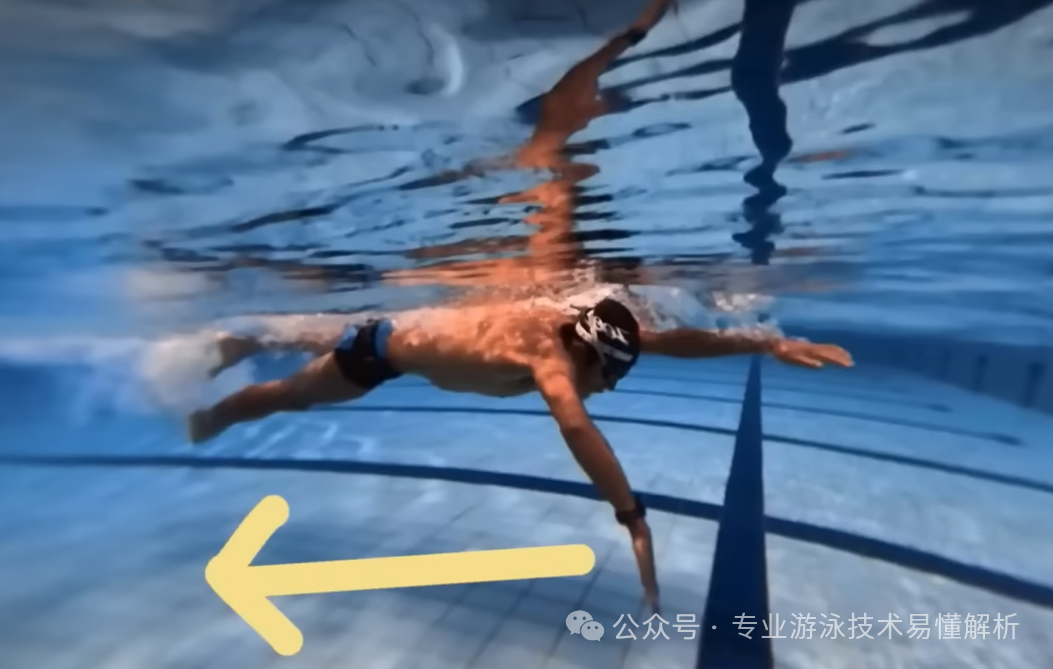
1. The three-step fundamentals of swimming: stand, float, and tread water
Mastering the art of floating on water requires consistent practice, whether you're a complete beginner or an advanced swimmer—after all, how well you float directly reflects your body’s ability to relax and your overall skill level. For those learning to swim from scratch, the first step is to simply learn how to float: extend your arms naturally forward, hold your breath, let your entire body go limp, gently tighten your core, and once you’re buoyant, start feeling the gentle yet powerful support of the water beneath you.
Treading water is an essential basic skill for entering deep water and swimming outdoors—so if you haven’t mastered the back float or treading technique, it’s best not to venture into deep water for practice.
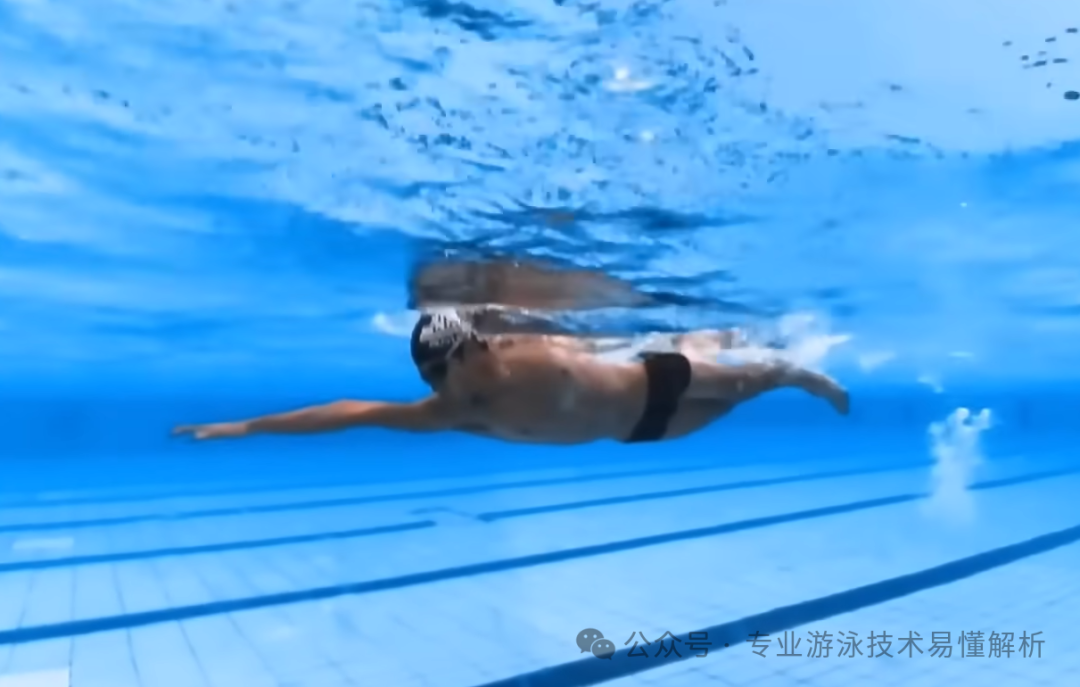
2. Easily overcome the challenges of learning freestyle: head turns for breathing, arm strokes, and ankle flicks.
When swimming on land or performing the breaststroke kick with breath recovery, people naturally adopt a vertical body position—this feels comfortable and comes naturally. However, in freestyle, when turning the head to breathe while maintaining a streamlined, flat-body position in the water, the side-turning motion required for breathing takes time to get used to.
The head-turn breathing exercise is performed in three steps: Step 1: Stand in the pool with one arm extended straight out, then submerge your face underwater while continuously exhaling. Slowly turn your head to the side, maintaining steady exhalation throughout the movement, until your nose and mouth finally break the surface. Relax your head and rest it gently on the shoulder of your forward-facing arm. Repeat this practice until you can control the pace of your exhalation. Step 2: While floating horizontally in the pool, continue practicing the same technique. Step 3: In the horizontal float position, simultaneously hold and sweep the water with your arms, while consistently practicing the head-turning exhale. The key is to exhale as soon as your face dips underwater, releasing all remaining air just as your face breaks the surface. Once your face is fully above water, slightly open your mouth to complete a natural breath exchange.
Swimming arm movements are executed in two steps: Step 1: Stand in the pool, extend your arms backward, and as you pull back, gently rotate your forearms inward—this naturally creates a "high-elbow" position. Once the high-elbow posture is established, continue pushing the water backward with minimal effort, focusing on feeling the strength of the propulsion. Step 2: While floating horizontally, maintain this same motion for practice. Avoid applying excessive force; instead, smoothly "hug" the water toward your body. After achieving the high-elbow position, lightly push the water backward again—but only enough to sustain that sense of forward thrust.
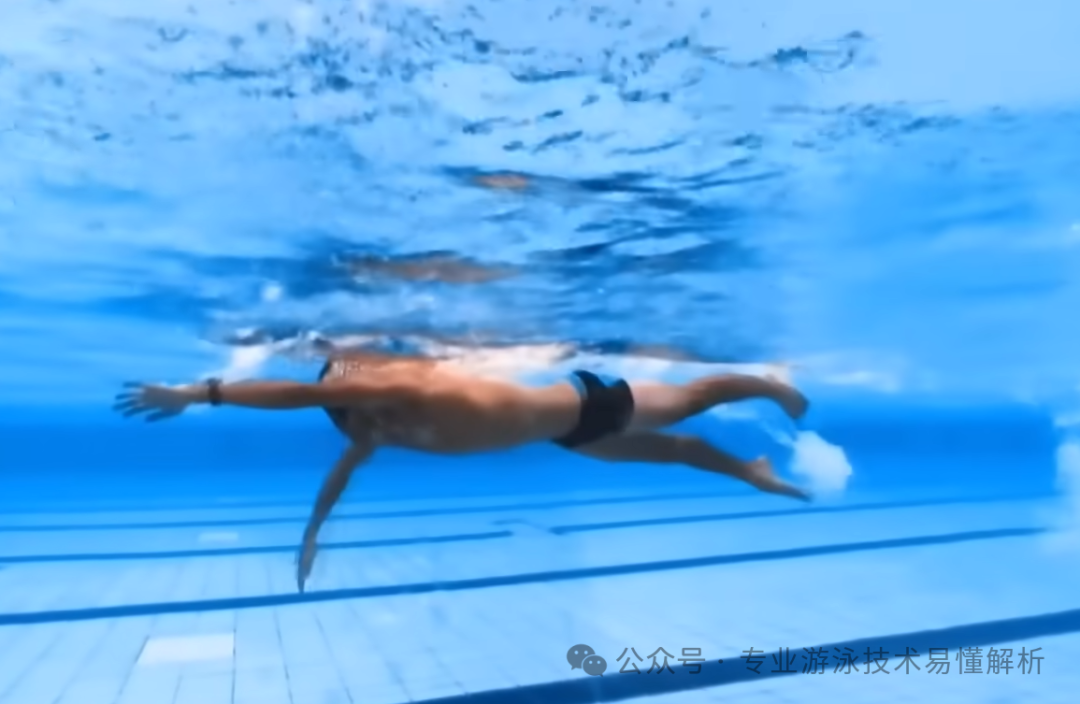
3. The key to learning freestyle lies in using core strength to guide the body's lateral rotation.
When swimming freestyle, the body twists slightly to one side, adopting a streamlined "boat-like" posture in the water—rather than floating flat. The kicking motion helps lift the lower body, while the arm movements push against the water efficiently, allowing you to glide swiftly through the streamlined position. Crucially, this technique relies on maintaining a rigid, stable body shape throughout, which is why it’s essential to gently engage your core and tighten your waist and abdominal muscles.
The key to swimming freestyle effortlessly and efficiently lies in your body's lateral rotation—this is an active turn powered by your core and abdominal muscles, not a passive movement driven by the arms or legs. As you progress in your freestyle practice and refine your technique, you’ll increasingly feel this dynamic rotation at work, making it even more critical for advancing your overall swimming performance.
When learning freestyle from scratch, focus heavily on practicing body rolls. While floating horizontally, keep your arms and legs completely still—rely solely on the strength of your core and hips to gently rotate your body in the water. Once you’ve mastered that sense of maintaining a straight, stable position, you can gradually add arm strokes and leg kicks. This will help you clearly feel the benefits of actively initiating body rotations, making your movements more efficient and effortless.
One WeChat official account shares swimming tips, while another focuses on software insights, online resources, and reading experiences.
Thank you for your supportive and encouraging likes, but we’d love even more if you could leave comments to spark conversation—and of course, feel free to share and forward as well!
